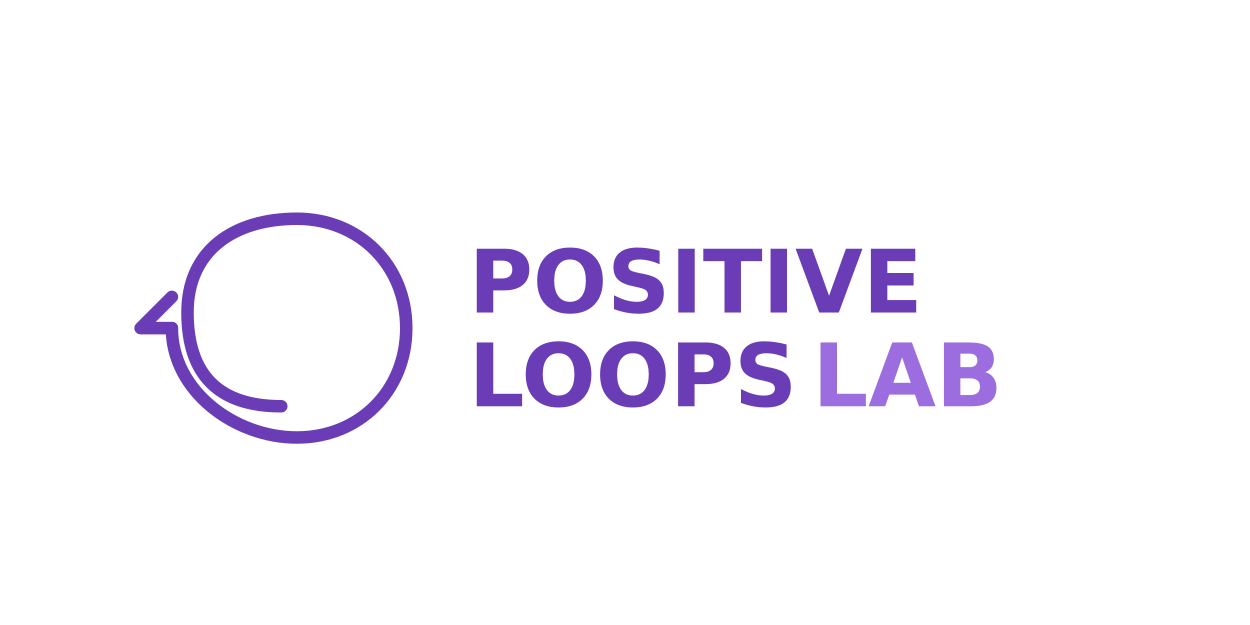Most financial inclusion institutions lack the technological infrastructure needed for effective social impact reporting.
The gap between good intentions and meaningful measurement creates a significant barrier for impact investors seeking to deploy capital with confidence. Without reliable data systems, organisations struggle to demonstrate their social return on investment, leading to missed opportunities for funding and growth.
Impact reporting requires robust data feedback loops that connect directly to a theory of change:
- data collection
- data storage
- data analysis
- reporting
The truth is that for years the technology was not available for Finclusion Institutions to actually do this effectively.
Several critical elements must be in place at each stage of this feedback loop:
1. Data Collection
Must:
- be integrated into daily business practices
- cover all clients
Data collection that is separated from point-of-service is inefficient and can lead to cherry-picking of clients or datapoints.
2. Data Storage
Must be:
- centralised
- secure
Fragmented data makes reliable reporting impossible.
3. Data Analysis
Must be:
- efficient
- automated
- comparable over time
Manual analysis processes are error-prone and resource-intensive, making consistent reporting unsustainable.
4. Reporting
Must:
- provide real-time data
- be useful for decision making
Traditional quarterly or annual reporting cycles create significant lags between intervention and measurement, hindering adaptive management.
The following is the basic technology stack required to support effective social impact reporting:
Requirement #1: Cloud-based Core Banking
Cloud technology is the foundation that makes effective reporting possible.
Without a true Cloud Core Banking System:
- Data remains fragmented
- Social and financial data are not truly integrated
- Manual data processing prevails
- Real time reporting is impossible
- Data verification becomes prohibitively expensive
- Other technology, systems, and databases cannot be integrated into business processes
Without cloud technology, the collection of social impact data is virtually useless. Which brings us to the next requirement in our tech-stack…
Requirement #2: Digital Data Collection Tools
Digital data collection greatly reduces the errors and time taken to process manually collected data.
Examples include:
- In person mobile surveying - can incorporate photo, voice and video capture for verification
- Automated mobile app and web data collection
- Biometrics capture
Digital data capture is necessary to integrate social data capture into business operations. Relevant data can be collected for all clients, and eliminates cherry-picking specific clients for social impact data.
These tools should be connected directly to Core Banking systems via…
Requirement #3: APIs
Application Programming Interfaces (APIs) create connections between internal systems, and external datasets.
Some examples:
- Connecting loans and accounting systems for automated accounting
- Connecting to external credit bureau systems to assess individual client risk of over-indebtedness
- Mobile surveying systems connected to core banking system to automatically populate client information with survey responses and update social data profiles
APIs automate connections between systems, including…
Requirement #4: Data Visualisation Tools
For data to inform decision making, it must be packaged for its audience.
Data visualisation tools, either within Core Systems or external tools that connect to Core databases through APIs, transforms data into actionable insights.
The right tools can communicate the right data, in the right way, at the right time for a range of stakeholders.
For financial inclusion to truly advance, bridging the technology gap must become a priority. This tech-stack is not a bad place to start.

